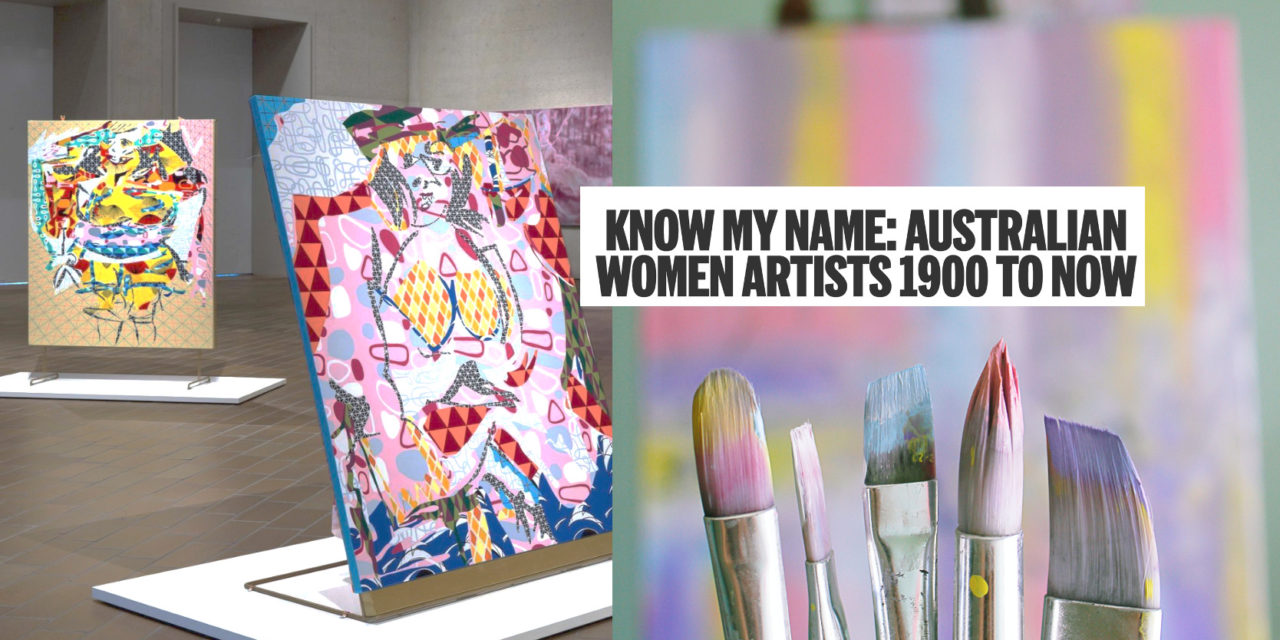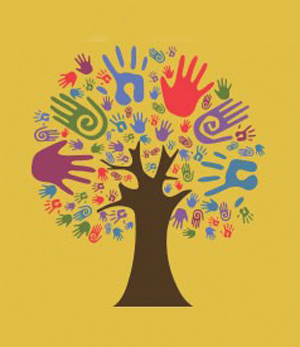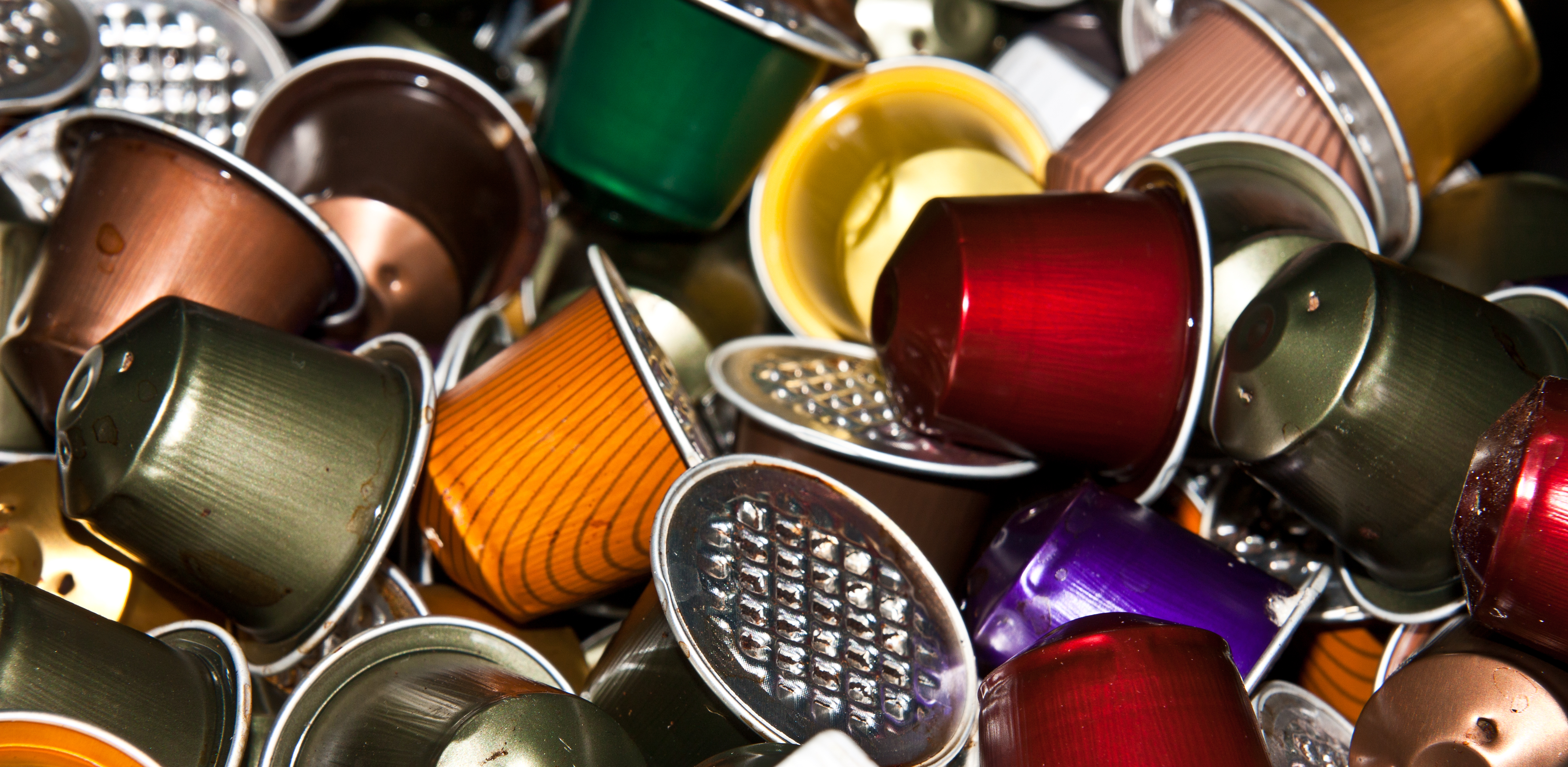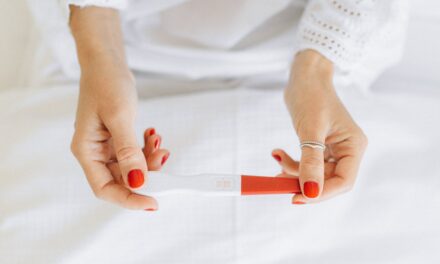Sara Zarriello
The second part of Know My Name: Australian Women Artists 1900 to Now exhibition is currently being shown at the National Gallery of Art (NGA). It has showcased the work of more than 150 artists to “highlight the stories and achievements of all women artists.”
The collection was spurred on by the release of Chanel Miller’s testimony during the sexual assault trial of her perpetrator. Her book titled Know My Name sparked a worldwide movement and reflection on the effects of sexual assault and the impact of women speaking out about their experiences.
Know My Name attempts to draw a new thread throughout our national history. One which is seen through a feminine perspective and highlights the lost stories of women throughout our time. It is cross cultural and intergenerational whilst attempting to tell stories of trauma, passion, femininity and masculinity – and most importantly presence. A large selection focuses on First Nations Aboriginal and Torres Strait Islander experiences never before seen or presented in mainstream Australian culture.
It is headed by Lead Curators Deborah Hart, Head of Australian Art and Elspeth Pitt, the Curator of Australian Art at the NGA, joined by a curatorium of First Nations Artists. The emergence of the second part of the exhibition brought with it the publication of the Know My Name book which combines more than 150 artist profiles written by over 115 women writers. Both exhibition and book aim to continue the work of the NGA’s ongoing gender equity projects.
The greatest aim of the exhibition is to propose alternative histories and challenge historical and current stereotypes. However large it is, the collection does not make an attempt to capture all female stories. It is summed up by NGA Director, Nick Mitzevich “It’s not a survey, but rather a series of vignettes.” Although presented in this unfinished way, the exhibit brings to light the essence of feminine told Australian history in a way that has not been seen before. One of freedom of expression and a rejection of cultural and historical frameworks usually seen surrounding feminine work in Australia.
If you have not yet seen the exhibition, you can check out the virtual opening of the exhibit here.
If you are curious about the artists and artworks in the exhibit, the NGA has released Art Talks with their contributors seen here.












